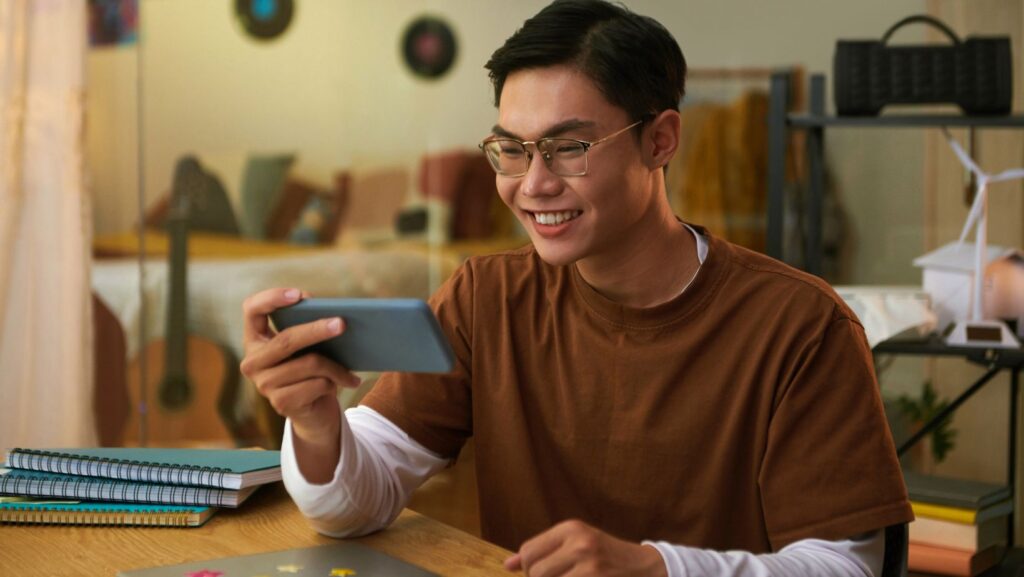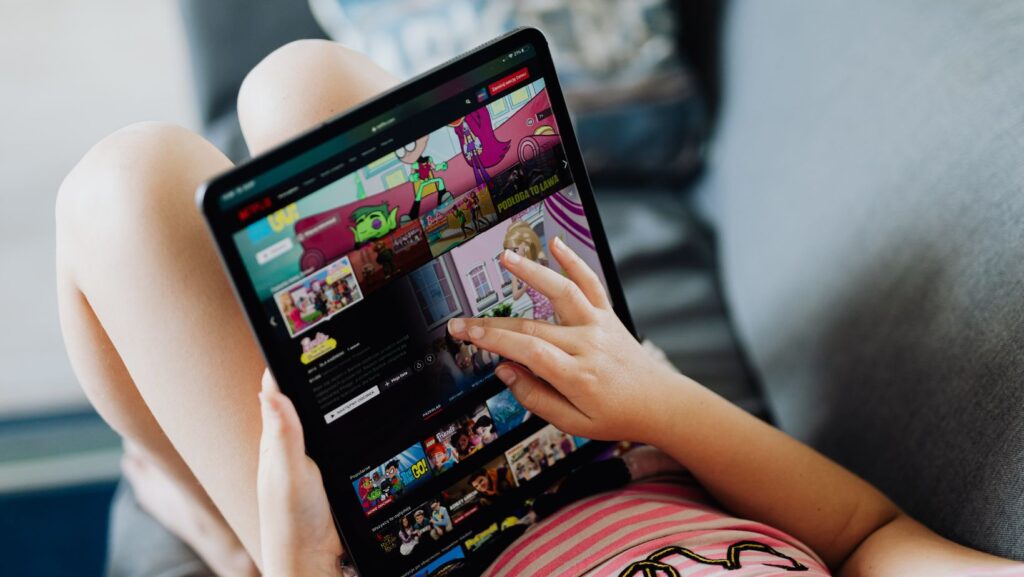
Our homes are no longer just physical spaces — they are digital extensions of ourselves. From online gaming marathons to immersive movie nights, people increasingly design their interiors around the way they relax, play, and connect online. This fusion of technology and comfort defines a new kind of modern lifestyle: the digital retreat.
As the world of entertainment evolves, interior design follows suit. Whether you’re setting up a gaming zone, a media lounge, or a multi-functional workspace, your environment now shapes your online experience — and vice versa.
In this article, we’ll explore how trends in online entertainment platforms are reshaping home design. You’ll learn how digital habits inspire new approaches to layout, lighting, and decor, turning any home into a space that enhances both focus and relaxation.
How Online Platforms Influence Modern Home Aesthetics
Digital leisure as a design driver
Online entertainment has become part of everyday life. Millions of users now structure their routines around streaming, gaming, and social engagement. These habits directly influence how we organize our homes — leading to interiors that are flexible, ergonomic, and emotionally calming.
For instance, gaming platforms like this website have popularized immersive digital experiences that require both focus and comfort. As users spend hours in interactive environments, they begin to demand similar qualities from their physical surroundings — lighting that reduces strain, acoustic panels for sound balance, and furniture that supports long sessions of concentration.
From screens to spaces: translating digital aesthetics
The color palettes, graphics, and layouts we see online increasingly influence interior trends. Think of how neon gaming setups inspired ambient LED lighting, or how minimalist UI design led to cleaner, decluttered living spaces. Homeowners are now curating interiors that feel like real-life versions of their favorite digital environments — merging productivity, entertainment, and style into one cohesive design language.

This growing relationship between online entertainment and interior design is more than a visual trend; it’s a lifestyle shift that aligns emotional comfort with digital identity.
Practical Ways to Blend Digital Living and Home Design
1. Create zones for digital flow
Separate your home into clear “digital use” zones. Dedicate one corner for gaming or streaming, with ergonomic seating and proper ventilation, while keeping another area minimal for offline relaxation. This zoning keeps screen use balanced and prevents mental fatigue.
2. Use lighting as an emotional tool
Lighting bridges the gap between online immersion and offline comfort. For example:
- Cool lighting enhances focus during gaming or work sessions.
- Warm ambient lights create a soft atmosphere for winding down after screen time.
Smart LEDs can even sync with your entertainment setup, adjusting colors dynamically based on what’s on-screen — an interior design trend born directly from gaming culture.
3. Integrate technology subtly
Design isn’t about hiding technology anymore; it’s about integrating it elegantly. Wall-mounted displays, wireless speakers, and concealed cable systems can make your digital setup look intentional, not improvised. Pair these with natural textures — wood, stone, linen — to balance warmth and modernity.
4. Reflect personality through design
Gamers, streamers, and content creators often personalize their spaces to reflect their digital personas — from accent lighting to themed furniture. In the same way, your interior can express who you are online, turning your digital hobbies into design inspiration.
Conclusion
Digital life and physical space are no longer separate worlds. The rise of online entertainment platforms like Pari-Download shows how technology shapes not only our leisure but also our environments.
Designing your home as a digital retreat isn’t about excess or gadget obsession — it’s about balance. When your interior design complements your online lifestyle, you create a space that enhances focus, reduces stress, and celebrates the creativity of the modern digital era.












